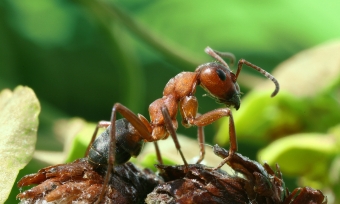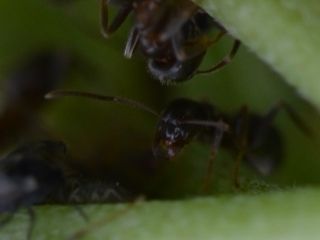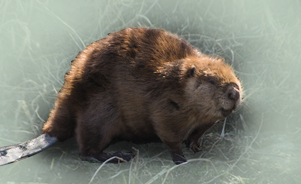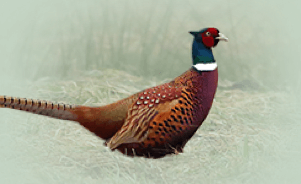Red wood ant Formica rufa

Features
These ants are beneficial insects that feed on a variety of pests and smaller invertebrates, as well as lick the sweet secretion of aphids. Workers bite hard in the defense of the nest, and in danger they can squirt formic acid from the glands in the abdomen.
| Species | Insect |
| Living space | Bright forest, Clean or mixed forest, Conifer forest, Dark forest, Deciduous forest, Mixed forest |
| Size | 8-10 mm |
Description
These ants grow from 8 to 10 mm in length. Females have a red torso and a black hindquarters, while males are completely black and have large and strong jaws. Only queens and males have wings, but they drop them after fertilization. The great red ant is widespread throughout Europe. After fertilization, the queen creates a new colony, and from the first eggs, mostly workers develop. These immediately begin to build an anthill, usually through a tree hive. The anthill consists of an underground and an above-ground part where ants nurture the brood. The beetles are up to 5 mm long, and the workers constantly migrate them between the upper and lower part of the anthill, as they can only develop in warm and dry conditions. In the largest extent, the anthill can reach up to 1.5 meters high, and consists of spruce needles and pieces of wood and bark.
Features Temenica (3)
SPECIAL ogr.




